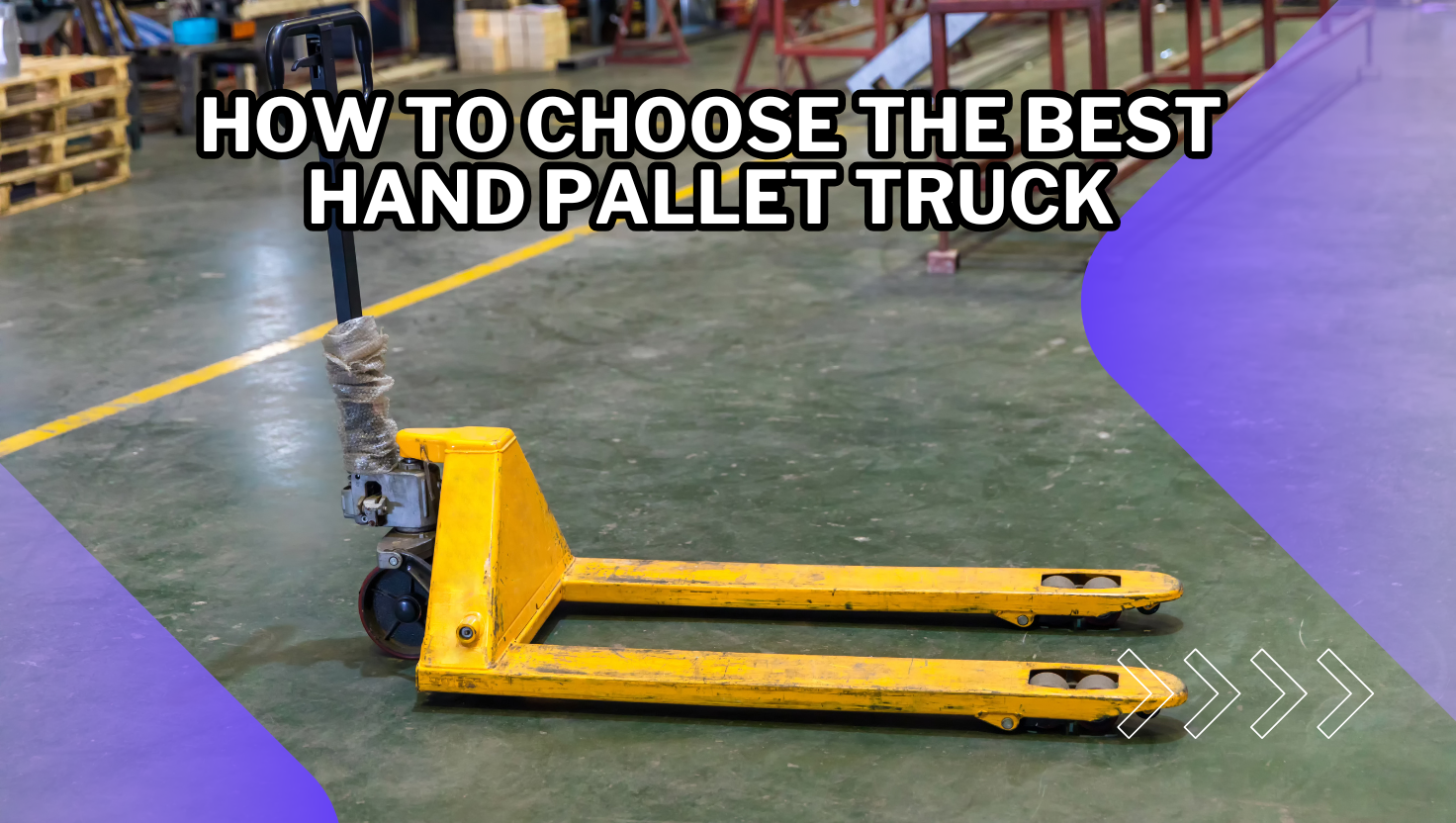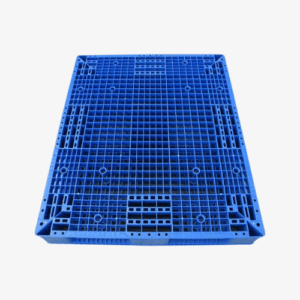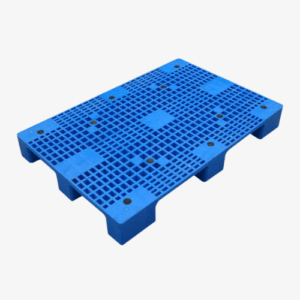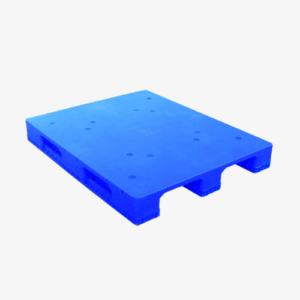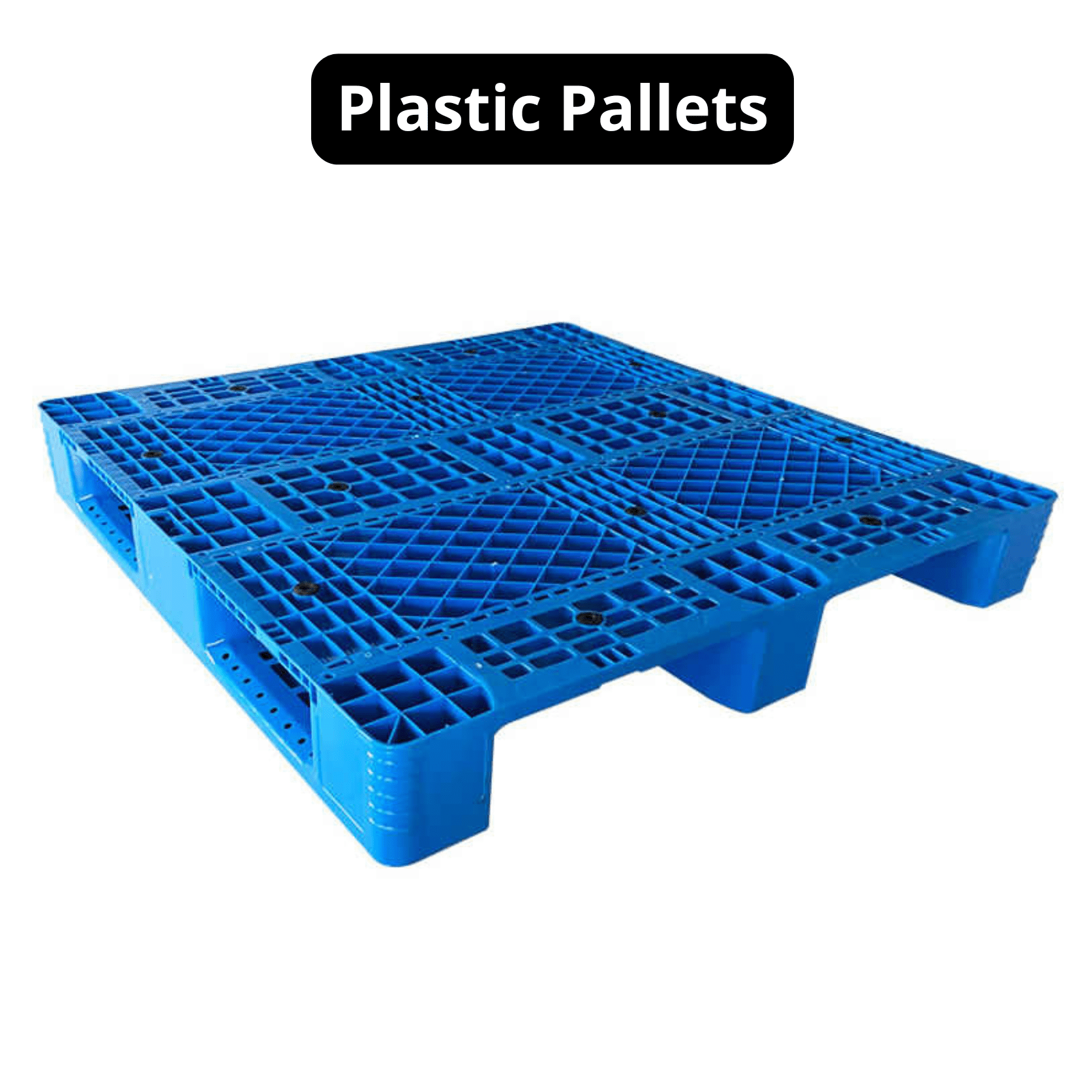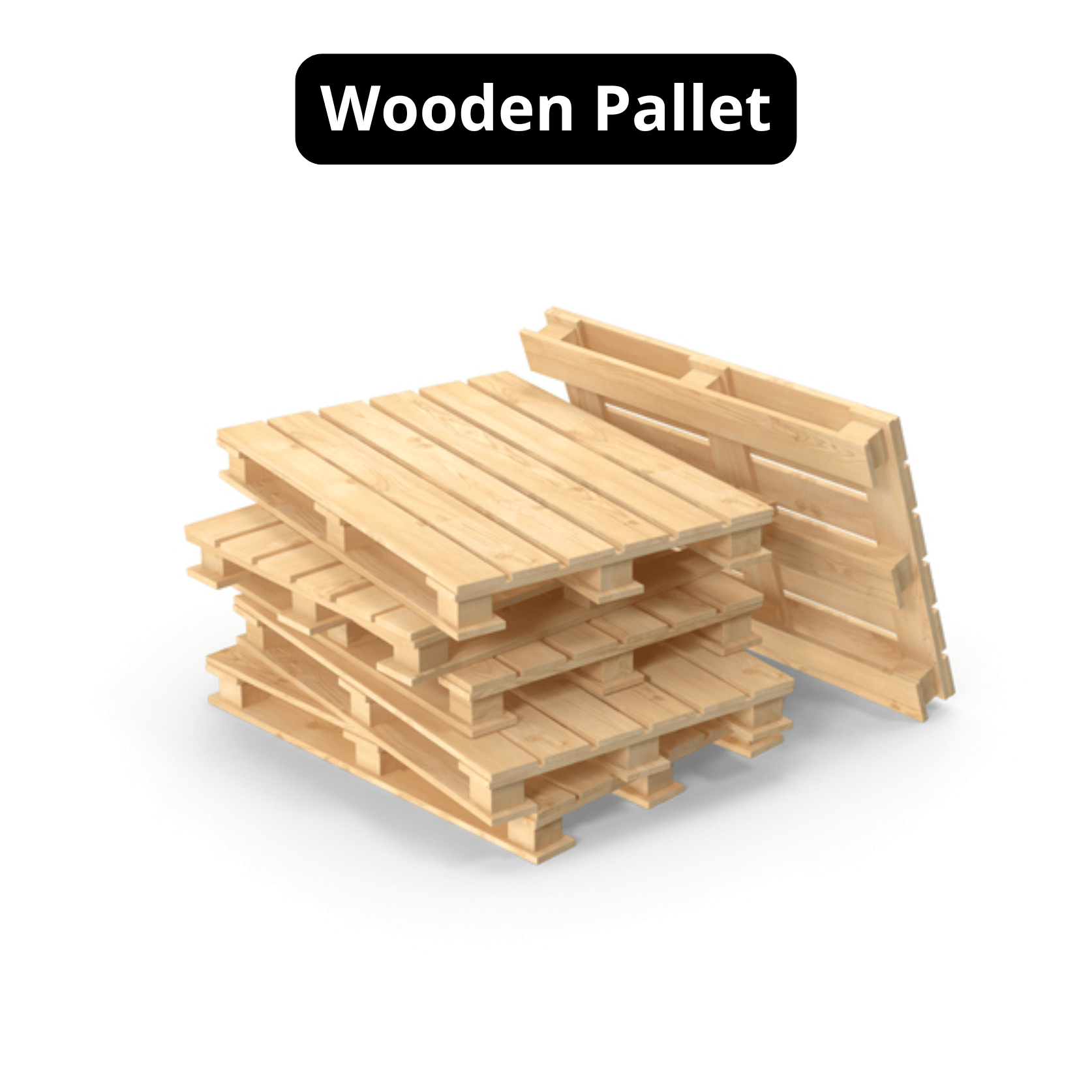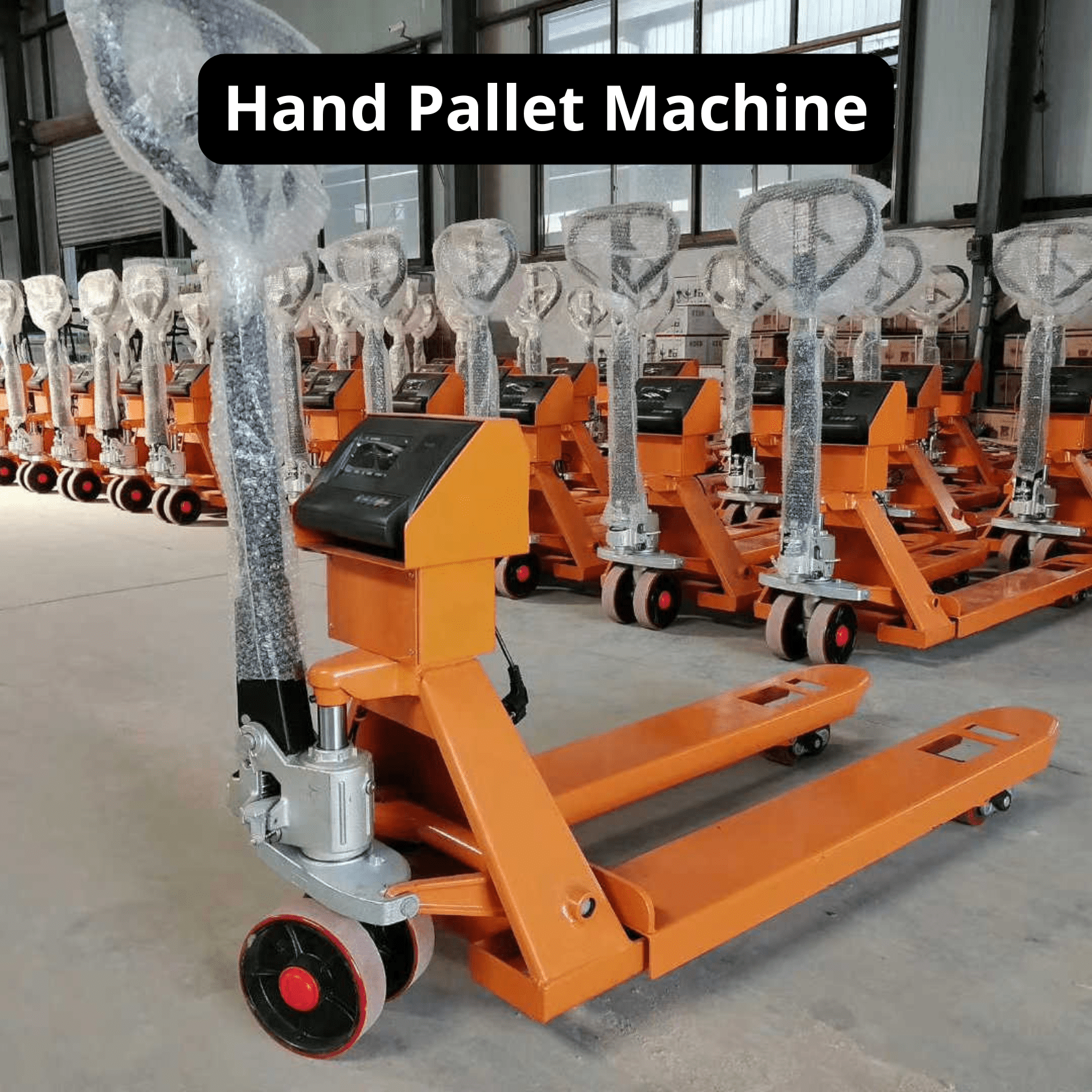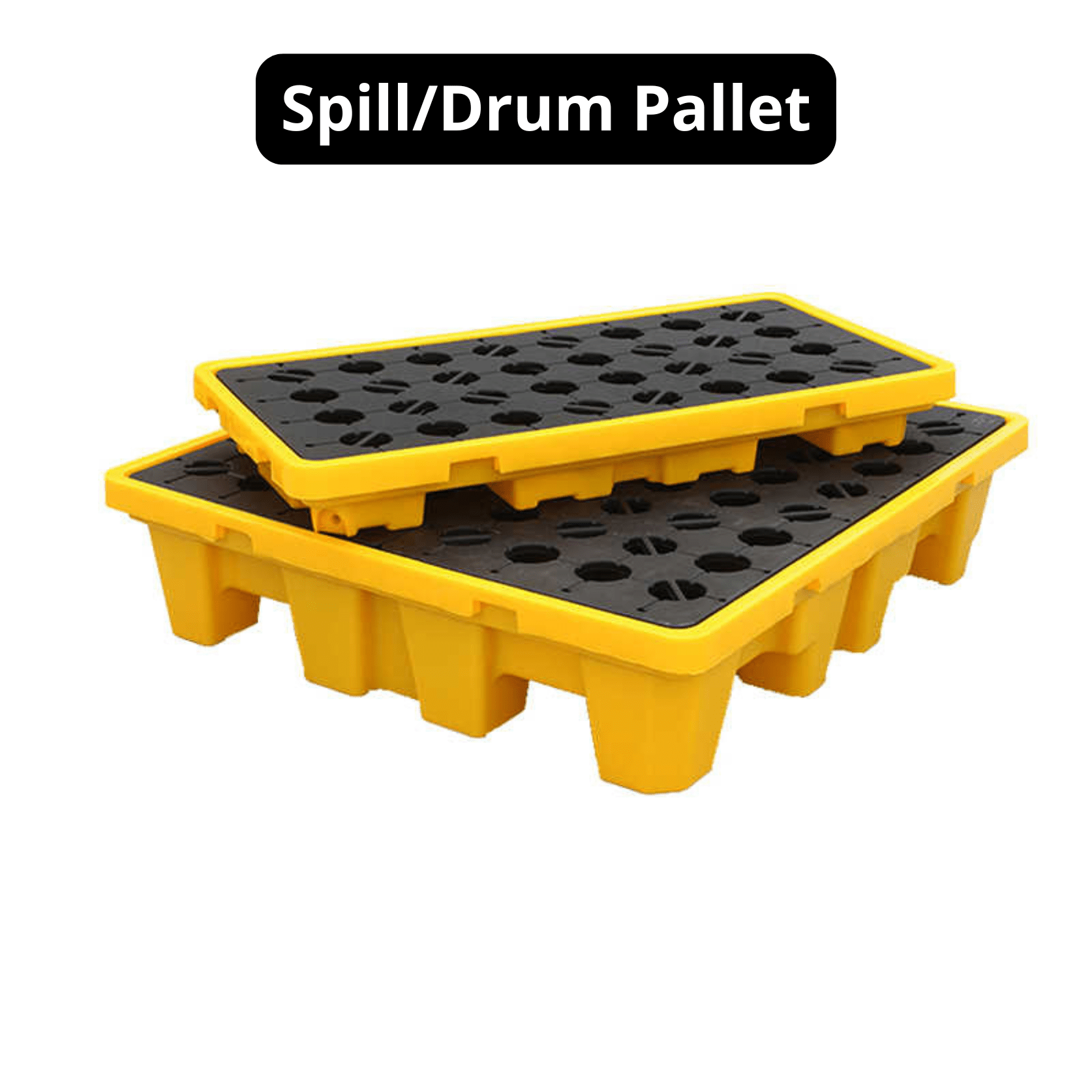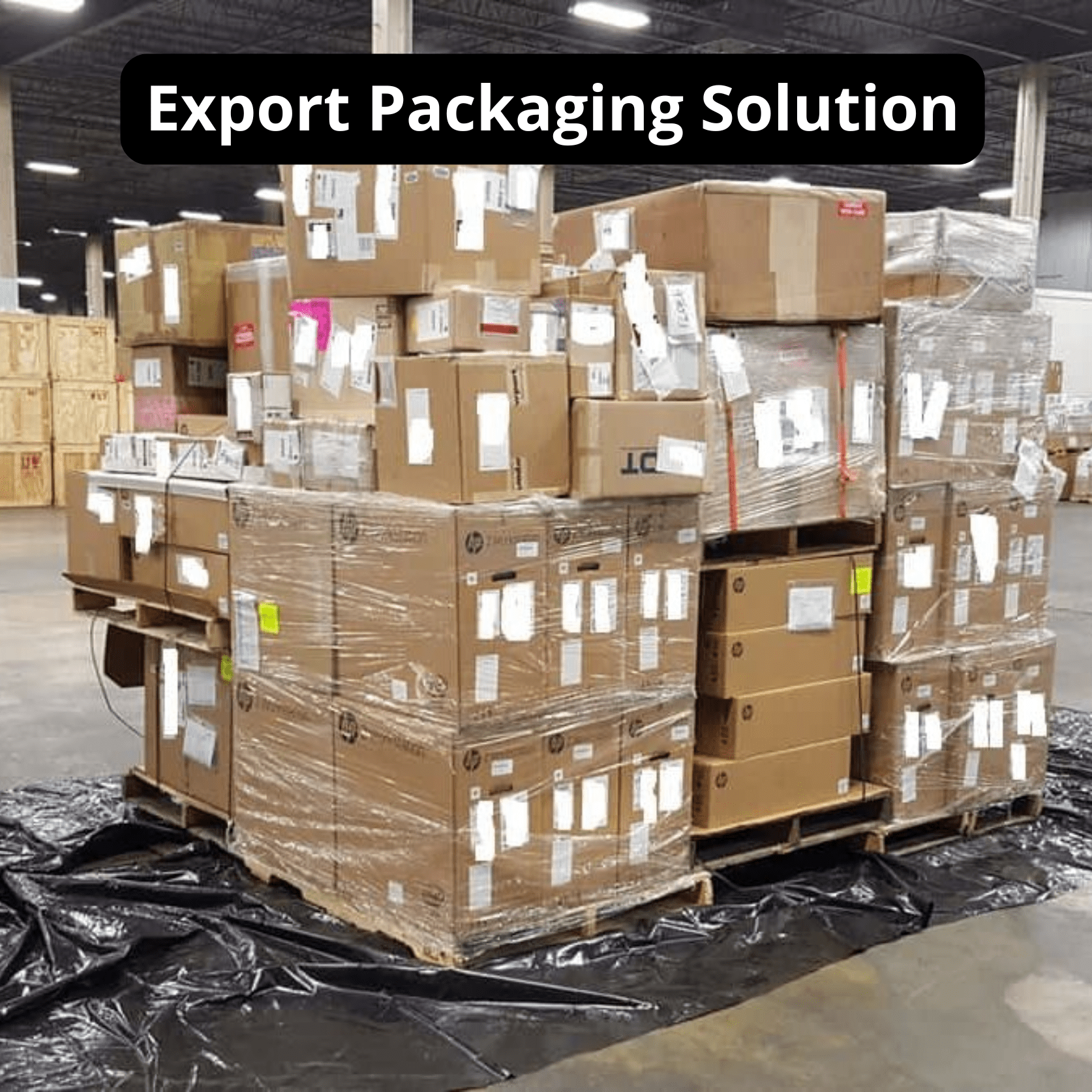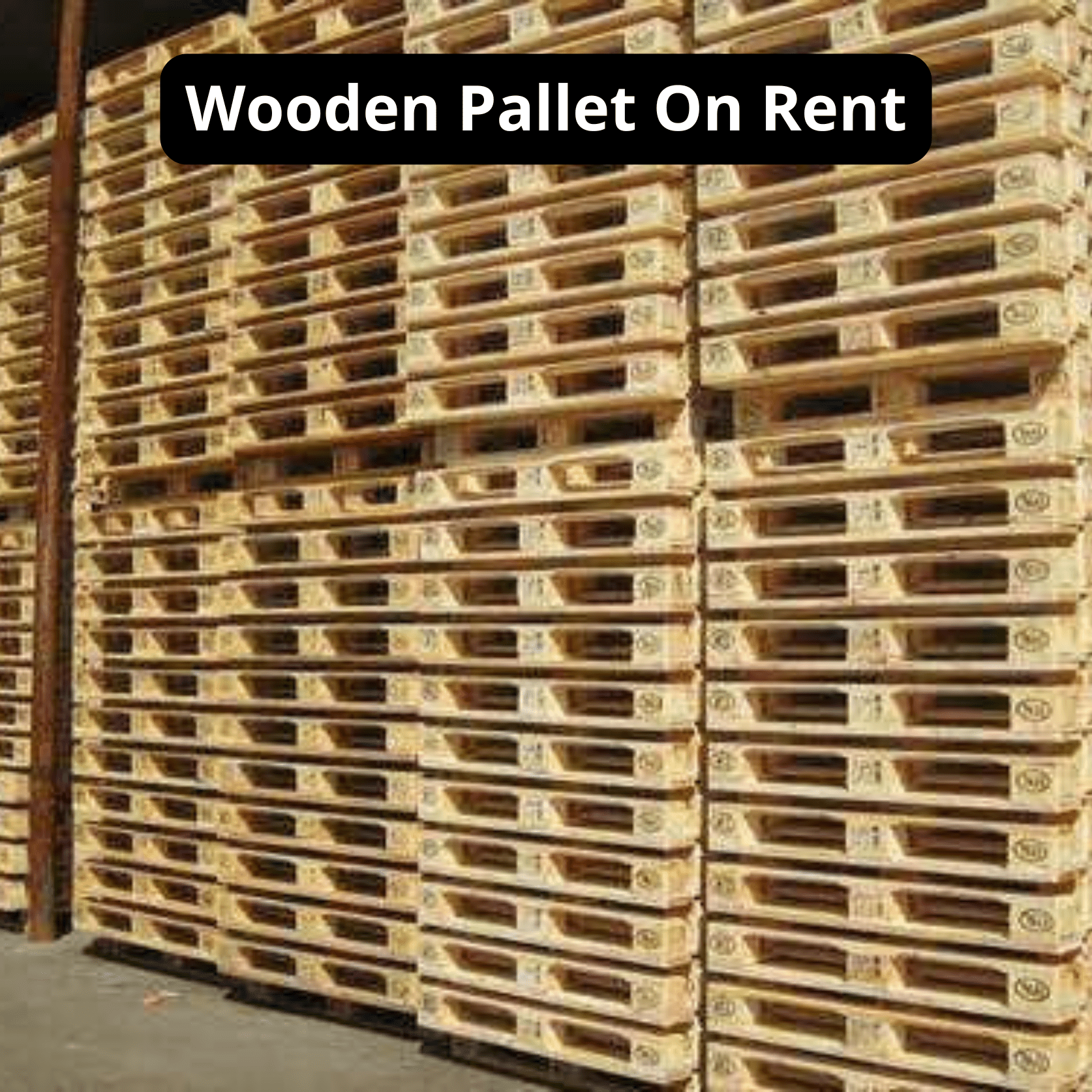Why Your Choice of Hand Pallet Truck Matters (More Than You Think)
A hand pallet truck, often called a pallet jack or a hand pallet machine, might seem like a simple tool. You pump the handle, it lifts, you pull. Easy, right? But the nuances matter. A truck with the wrong capacity can be a safety hazard. One with the wrong wheel type can damage your floors or be incredibly difficult to move. The right choice impacts:
- Safety: Preventing accidents from overloaded or unstable trucks.
- Efficiency: Ensuring smooth, quick movement of goods.
- Longevity: A well-chosen truck will last longer, offering a better return on investment.
Employee Morale: An easy-to-use, ergonomic tool reduces physical strain
The Core Formula: 5 Steps to Finding the Perfect Pallet Truck
To find the perfect hand pallet truck for your use case, you need to analyze your specific needs. Let’s break it down into a simple, five-step formula.
Step 1: Calculate Your Required Load Capacity – The Most Critical Factor
This is the absolute first question you must answer. The load capacity is the maximum weight the pallet truck is certified to lift and move safely.
- How to Determine: Look at your heaviest typical pallet load and add a safety buffer of about 20-25%. If your heaviest pallets are $2000 \text{ kg}$, don’t buy a $2000 \text{ kg}$ capacity truck. Opt for a $2500 \text{ kg}$ model. Constantly operating at maximum capacity will wear out the hydraulic pump and frame prematurely.
- Standard Capacities: Most standard pallet trucks range from $2000 \text{ kg}$ to $3000 \text{ kg}$. Heavy-duty models can go up to $5000 \text{ kg}$.
Expert Tip: Never try to “test” the limits. Overloading is the single biggest cause of hydraulic failure and frame damage.
Step 2: Match Fork Dimensions to Your Pallets and Space
In India, different industries use different pallet sizes – so choosing the right pallet truck fork length and width is critical for smooth operations and safety.
Fork Length
The most commonly used pallet in India is similar to the Euro pallet, which is 1200 mm long. For this, a standard pallet truck with 1150 mm fork length is perfect – it gives proper support and easy movement.
However, if you are working in tight spaces like retail shops, backrooms, or display areas, you may prefer a shorter fork – around 800 mm or 900 mm. These are easier to handle in confined areas and reduce the risk of tripping hazards or damaging goods while turning.
Fork Width
The standard fork width in India is 540 mm – suitable for most standard pallets used in warehouses, FMCG, pharma, and logistics.
But if you’re in a specialized industry like printing, heavy machinery, or export packaging, or you use UK-type or custom pallets, you may need a wider fork width like 685 mm.
Step 3: Select the Right Hand Pallet Truck Wheel Material for Your Environment
The wheels are where the rubber (or nylon, or polyurethane) meets the road. The material directly impacts noise level, ease of rolling, and floor protection.
Wheel Material | Best For | Pros | Cons |
|---|---|---|---|
Nylon | Smooth concrete floors, heavy loads | Low rolling resistance, durable, cheap | Very noisy, can chip or crack |
Polyurethane | All-rounder for most surfaces (concrete, tile) | Quiet, good grip, non-marking | More expensive, higher rolling resistance |
Rubber | Uneven or delicate floors, quiet operation is key | Quietest option, excellent grip | Can leave marks, wears faster |
Authoritative Advice: For a general-purpose warehouse with a smooth concrete floor, Polyurethane is almost always the best and safest bet. It provides a great balance of durability
Step 4: Don't Overlook Ergonomics and Handling
The “machine” is only as good as the operator using it. An ergonomic design reduces fatigue and increases safety.
- Handle Design: Look for a comfortable, rubber-coated handle with a three-position lever (Lift, Neutral, Lower). The neutral position is crucial—it disengages the pump, allowing the user to pull the load without resistance from the hydraulic system.
Truck Weight: A heavier truck might feel more robust, but it’s also harder to get moving and stop. Consider the physical strength of your average operator when choosing between a standard and a heavy-duty model.
Step 5: Consider Specialized Features for Unique Tasks
Sometimes, a standard pallet jack just won’t cut it. Your specific use case might demand a specialized tool.
- Scale Manual Pallet Trucks: Have a built-in scale to weigh pallets on the go. Perfect for shipping/receiving departments.
- High-Lift Hand Pallet Trucks: Can lift loads much higher than standard trucks, acting as a mobile work platform.
- All-Terrain Hand Pallet Trucks: Equipped with large pneumatic tires to move over rough surfaces outdoors.
Galvanized/Stainless Steel Trucks: Designed for wet, corrosive environments like food processing or pharmaceutical plants.

